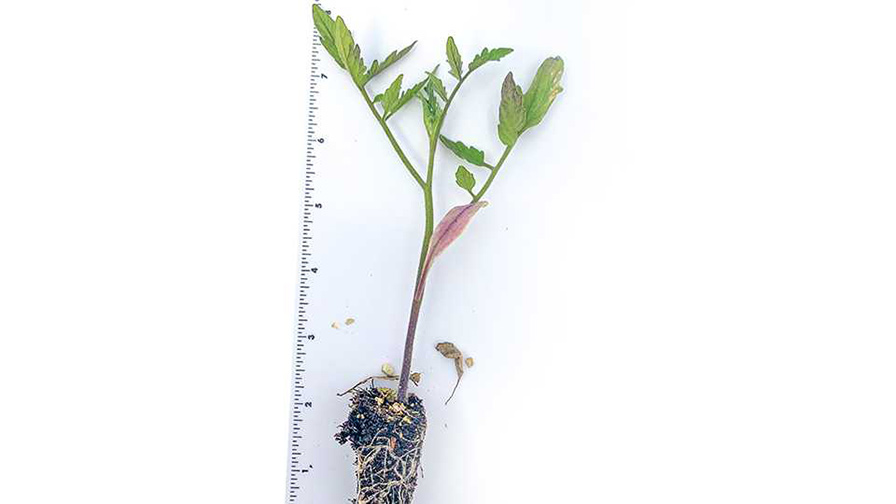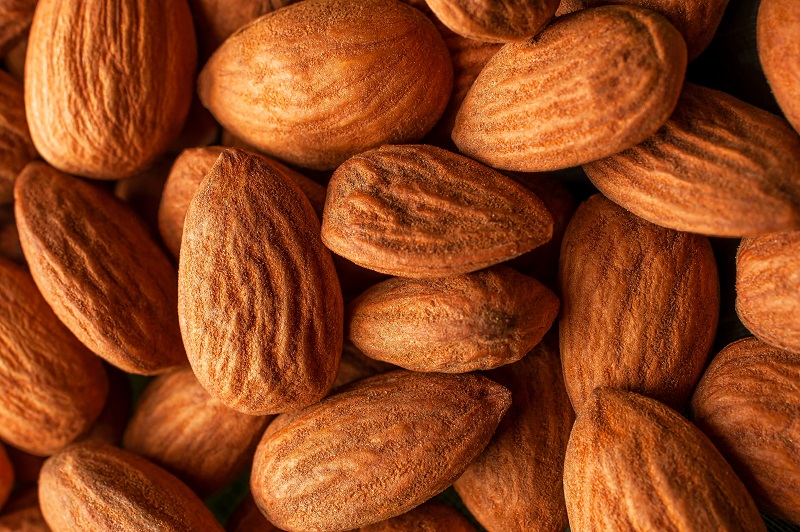Thinking About Growing Transplants?
Growing transplants is tricky. With so much you must control, it can get overwhelming for someone just starting out.
From making sure your lighting isn’t breaking the bank to how to schedule out in erratic weather, here is what you should keep in mind.
With Artificial Lighting Comes Electric Bills
Growing transplants means you have to do the job of the sun in an indoor environment. Controlling transplants’ climate translates into high electricity use.
“Fluctuations in terms of temps and lights can either speed growth or slow it, which can have an impact on when the transplants will be ready,” says Stephen Reiners, Professor and Horticultural Section Chair at Cornell University. “The costs will rise if more heat or light is needed in cold or cloudy conditions, while fans may run longer to cool houses in warmer times. Labor for irrigation will also increase.”
Keep Your Plants Short

Tomato plant transplant. Keeping transplants to a proper size will allow it to adapt to outdoor growing come spring. Photo by Brian Souza
Yes, even the size of the transplant is important to keep in mind. Some plants may do well if they get a bit bigger inside, while others would not handle switch to outdoor growing at all.
“Transplants have an optimum planting date,” Reiners says. “Some will do just fine if they get a bit leggy from being held too long and others just can’t take it. There is a night and day difference trying to plant a three-week-old melon plant and one that is 4 ½ weeks old and overgrown.”
What can you do to control plant growth?
“Growers may try to adjust their day and night temps to keep plants shorter, reduce nutrition a bit and change the fertilizers they use,” Reiners says. “Some growers have tried using fans and even leaf blowers to ‘shake’ the plants which toughens the plants and may keep them a bit smaller.”
Don’t Try to Predict the Unpredictable
Early spring weather is erratic. So there’s no use in changing your seeding and production schedule.
“I’d say to still go with traditional planting dates,” Reiners says. “The challenge is that we are seeing the growing season get longer most years, but an abnormally late frost might also happen. Watch the forecast and plan accordingly.”










